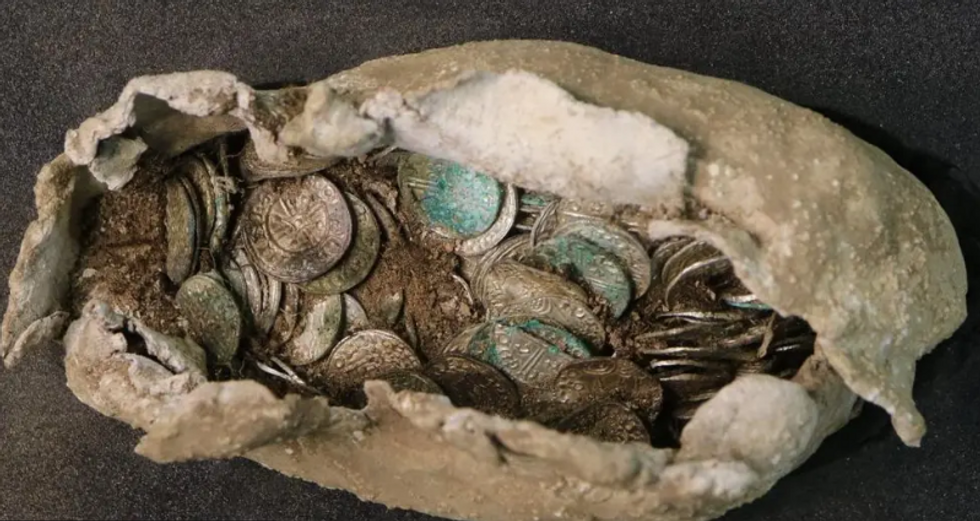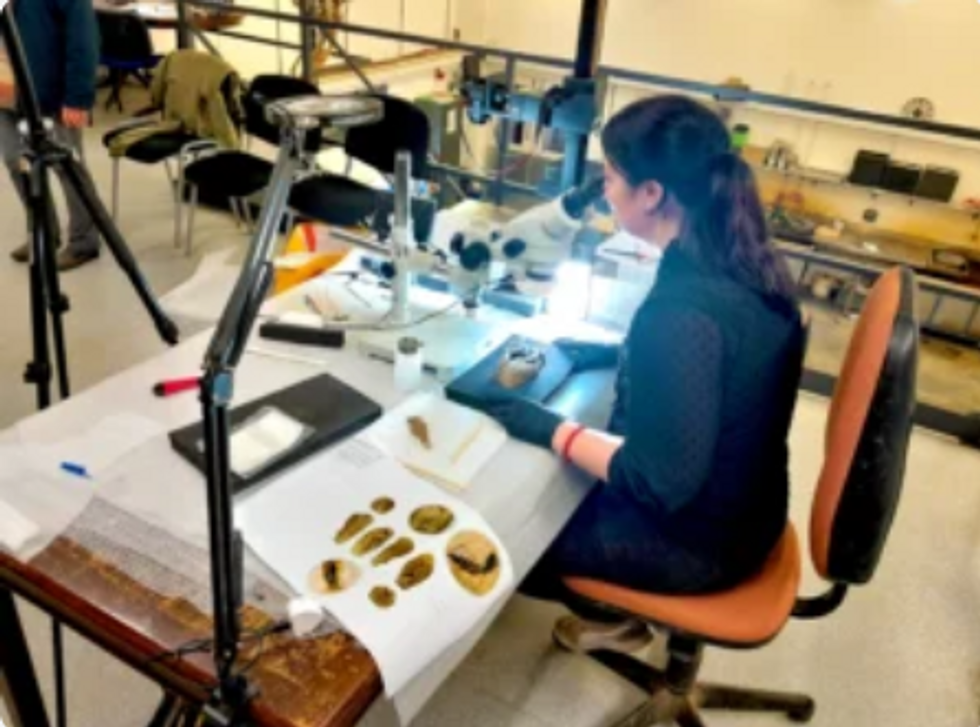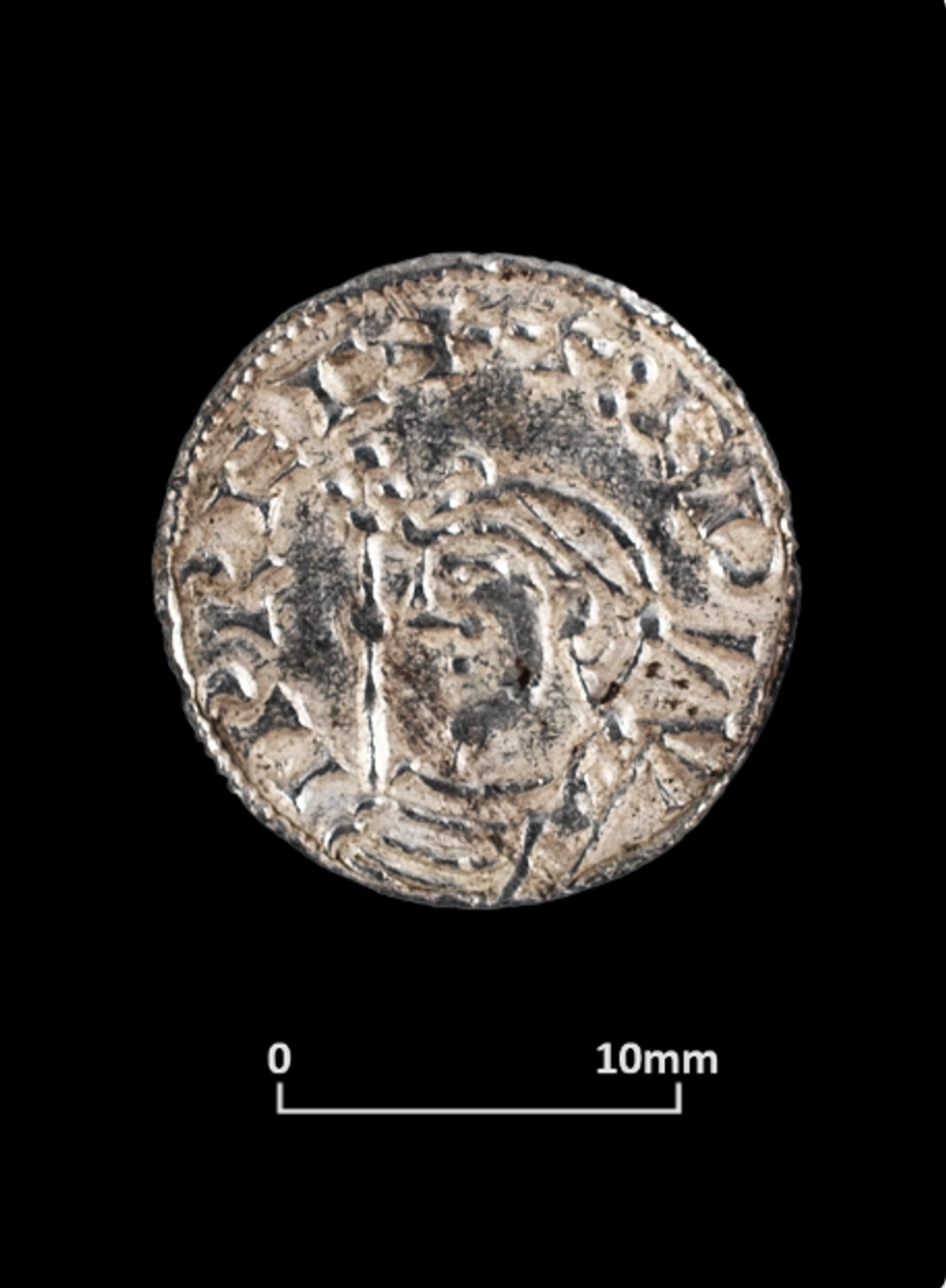Archaeology breakthrough as hoard of 11th century coins found at prospective nuclear power station site
A remarkable hoard of 321 mint-condition silver coins dating from the 11th century has been discovered at the site of a planned nuclear power station in Suffolk.
The coins, wrapped in lead and cloth, were found by Oxford Cotswold Archaeology during excavations at the Sizewell C site.
The bundle has been affectionately nicknamed “the pasty” by archaeologists due to its size and shape.
The ancient treasure dates back to the 11th century, spanning the years 1036 to 1044.

The coins may have been buried during a period of political uncertainty following Edward the Confessor’s coronation in 1042.
Experts believe the hoard could have belonged to a local figure of influence who sought to protect their wealth during this tumultuous time.
The coronation followed 25 years of Danish rule under King Cnut and his two sons.
During this transition, wealthy individuals associated with the previous regime faced exile or had their property confiscated.

Archaeologist Andrew Pegg, who discovered the treasure, described the moment of discovery: “I was shaking when I first unearthed it, seeing a single coin edge peeking at me.
“The Pasty was a true privilege to find. A perfect archaeological time capsule.”
The archaeologist expressed pride in his contribution to local history: “The information we are learning from it is stunning and I’m so proud to have added to the history of my own little part of Suffolk.”
Many of the coins were minted in London, with others struck in various East Anglian locations including Thetford in Norfolk, Norwich and Ipswich.

At the time of their burial, the coins would have held significant value, equivalent to the worth of a small herd of cows.
Damian Leydon, site delivery director at Sizewell C, praised the discovery as “extraordinary.”
He confirmed the site would work closely with Oxford Cotswold Archaeology to ensure the findings are made as accessible as possible to the public.
The discovery was made during excavations for EDF’s planned two-reactor nuclear power station, which is expected to generate 3.2 gigawatts of energy.

